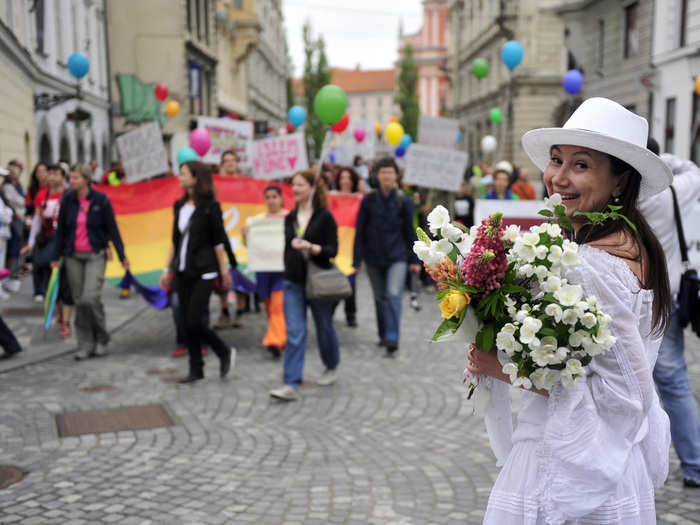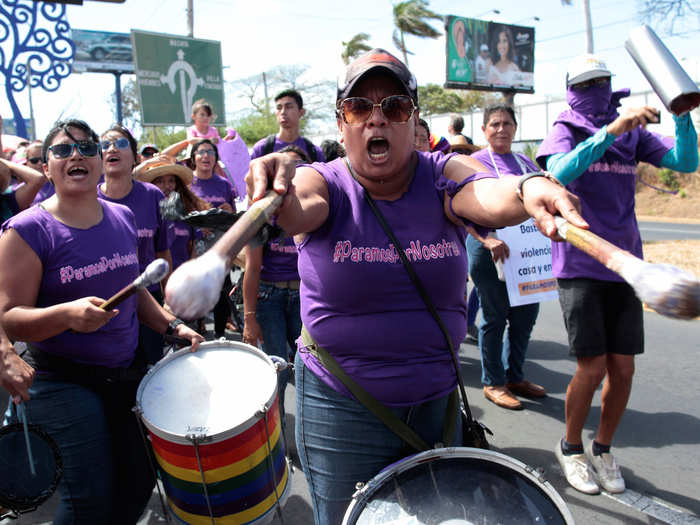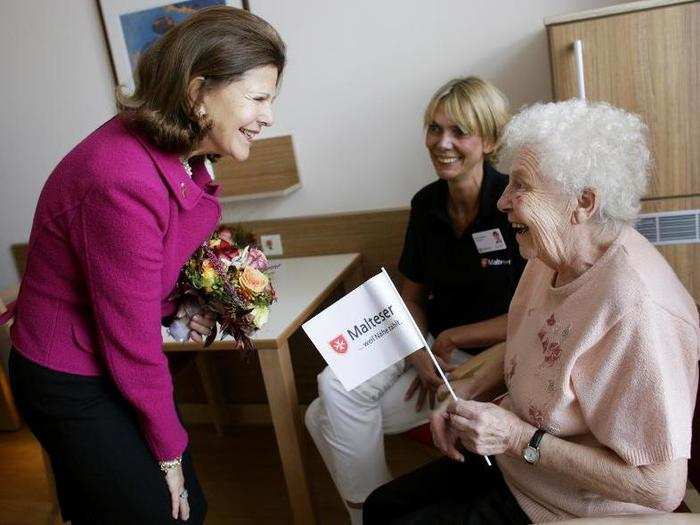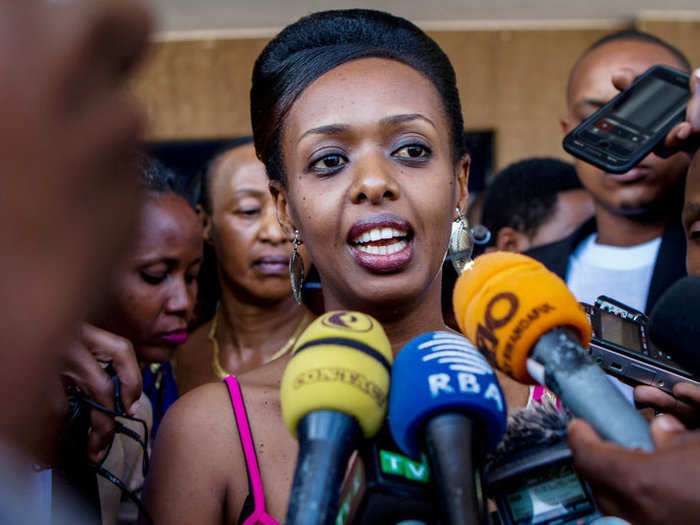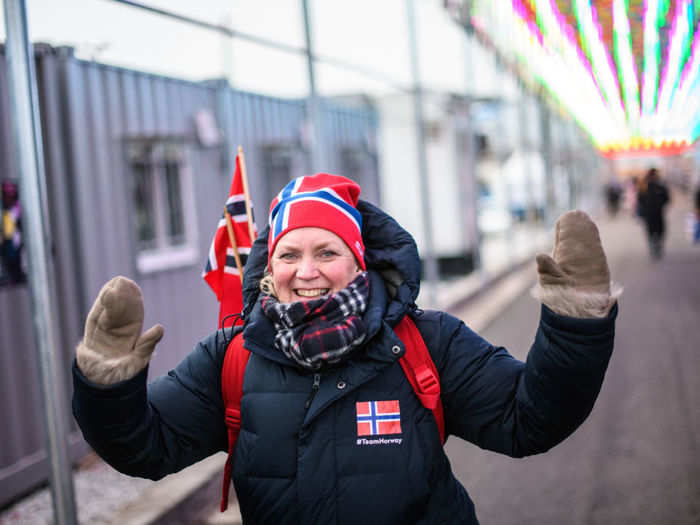9. New Zealand — Following the 2014 election, 31% of New Zealand's parliament was female, compared to 9% in 1981.
8. Ireland — Irish women have a high life expectancy, and women are more likely than men to achieve a higher-education degree.
But people are still fighting for abortion rights in Ireland, where the medical procedure is illegal. On Thursday, the Irish government approved an abortion referendum bill, and according to The Guardian, the legislation would grant unrestricted abortion access to citizens during the first 12 weeks of pregnancy if it passes in May.
Source: The European Commission
6. Nicaragua — Women make up more than 40% of lawmakers, senior officials, and managers in this country.
At the same time, just 18% of Nicaraguan women attend university or other forms of tertiary education, and 17% don’t know how to read and write.
Source: Quartz
4. Rwanda — In this country, women make up 63.8% of its parliament.
3. Finland — In 2017, the Gender Neutral Marriage Act took effect, allowing same-sex couples to adopt children and helping dismantle traditional gender roles.
2. Norway — In the 2013 national election, women occupied 39.6% of parliament seats. In local government, women have gained about one-third of the seats.
1. Iceland — For the past six years, Iceland has topped the WEF’s gender gap index. Today, every parent receives three months of paid leave. And in 2018, Iceland became the world's first country to make it illegal to pay men more than women for the same job.
In the past decade, Iceland has also elected two female prime ministers, including the current one: Katrín Jakobsdóttir, who pushed for equal pay.
Source: CNN



